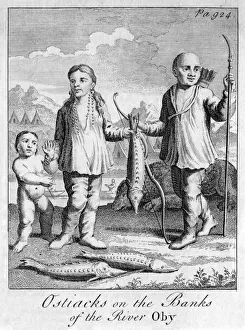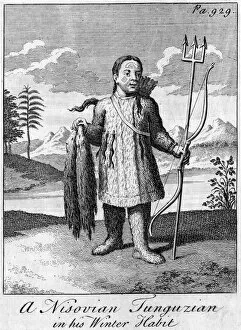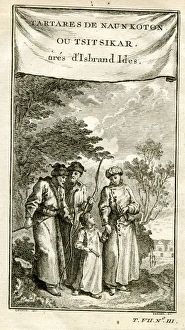Ides Collection
"Exploring the Enigmatic World of Ides: From Tartars to Tunguzians" Unveiling the cultural diversity: Meet the Tartars of Naun Koton and Tsitsikar, China
All Professionally Made to Order for Quick Shipping
"Exploring the Enigmatic World of Ides: From Tartars to Tunguzians" Unveiling the cultural diversity: Meet the Tartars of Naun Koton and Tsitsikar, China, as we delve into their intriguing traditions. Journey to the frontiers of Siberia: Discover the enigmatic Wogulski Tartars and their unique way of life in c1740. Alongside the banks of River Oby: Step back in time to witness the customs and lifestyle of Ostiacks in c1700. Embracing winter's embrace: A glimpse into a Nisovian Tunguzian's winter habit from the 18th century reveals their resilience against harsh climates. Unraveling Buratskoy's mysteries: Get acquainted with its inhabitants through captivating illustrations from c18th century records. The elusive Yehiam or Musk Deer takes center stage as we explore its significance during this era. Encounter the legendary Hairy Bull of Buratskoy, a creature that has fascinated locals for centuries - an awe-inspiring sight. Delving into spiritual practices: Witness religious ceremonies performed by Nisovian Tunguzians captured in remarkable detail around 1748. Artistic interpretations meet literary classics: Sir John Gilbert brings Julius Caesar by William Shakespeare to life through his mesmerizing illustrations (1890). Modern-day encounter with Ide fish (Leuciscus idus): Observe these immature creatures up close in Nottinghamshire, England. Join us on this captivating journey as we uncover fascinating aspects surrounding "ides" across different cultures and eras.














